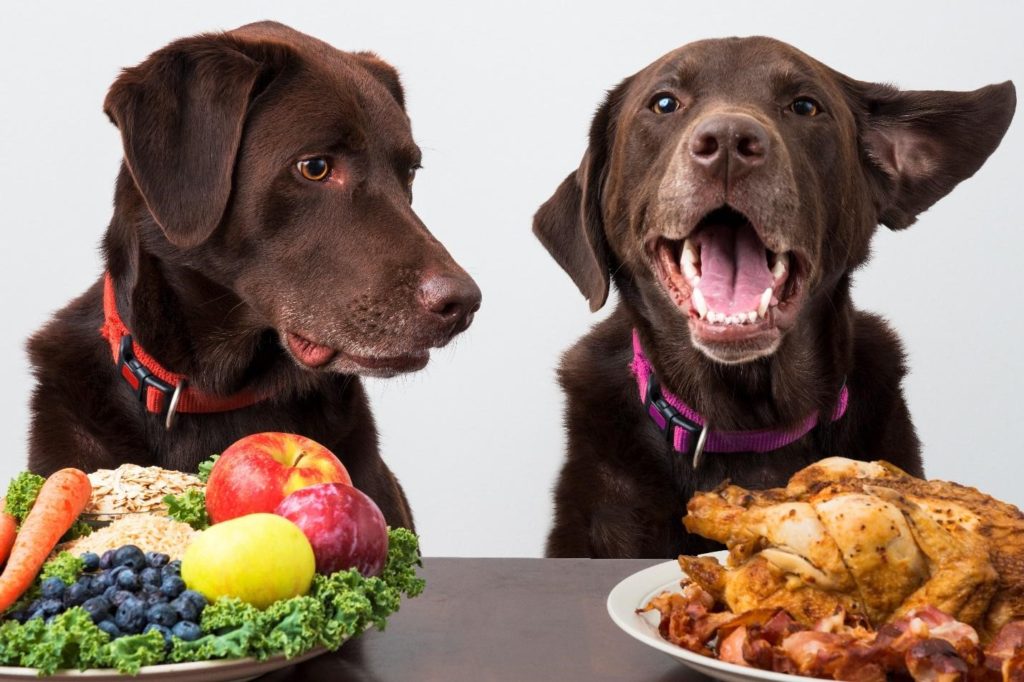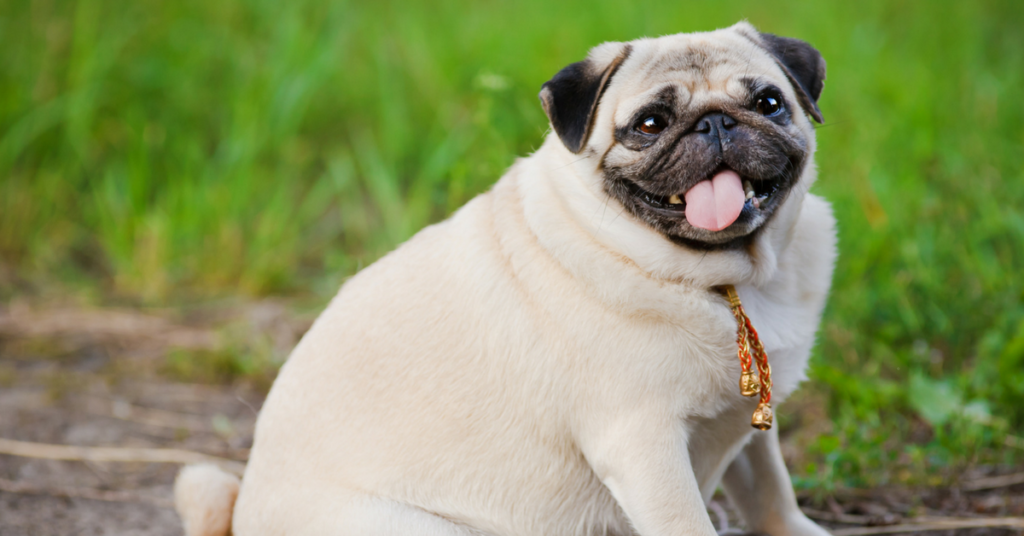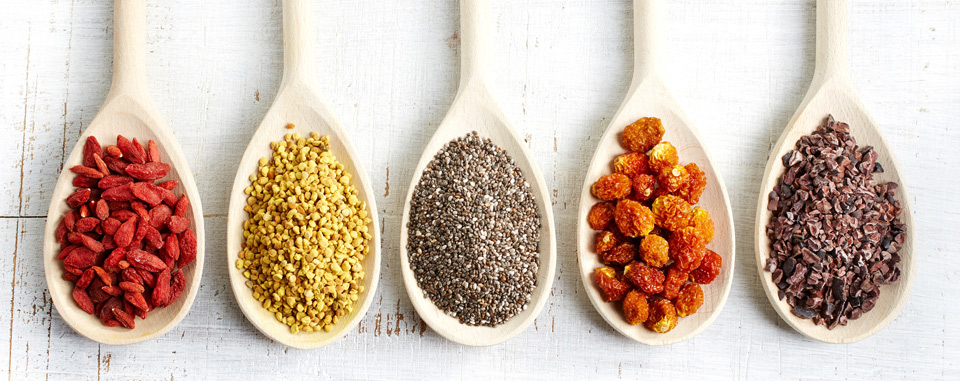According to a survey conducted by the Association for Pet Obesity Prevention, more than 50% of the cat and dog population is overweight or obese. What is worse, is that these overweight pets are more prone to a variety of health issues, such as arthritis, diabetes, and heart diseases. Because of the alarming health threat posed by being overweight, many responsible dog parents are doing their best to take action and help their dog lose weight. As you scroll down, you will be getting steps, tips, and suggestions to answer the question – “how can I help my dog lose weight?”
How can you tell if your dog is really overweight?
1. Consult a veterinarian.
Your dog’s veterinarian is the best and most qualified to assess your dog’s body condition — if he or she is overweight or obese.
2. Evaluate your dog’s body and posture.
To have a holistic profile, check your dog’ body from different angles. From a bird’s eye view and from a side view, healthy-weighing dog should have an easily identifiable definite waist. If the dog’s waist cannot be identified, or worse, if it is wider than the ribs and the hips, there is a high probability that your dog is overweight.
3. Weigh your dog.
There are many reliable charts available online that will give you an ideal weight based on your dog’s gender and breed. These charts are based on average weight ranges that are typical for certain types of breed, and depending on their gender. If you want to check your dog’s accurate weight at home, weigh yourself first and then if you can, carry your dog. By subtracting your weight from your and your dog’s combined weight, you will get an accurate weight of your dog.
4. Do a “rib test.”
This is process involves feeling your dog’s ribs. A healthy-weighing dog has ribs that are not very visible, but can be easily felt and can be counted (individual rib). If you cannot easily do this, your dog may be likely overweight.
What are some dieting tips to help your dog lose weight?
Many dog parents may not be fully aware that they are overfeeding their dogs. Some may even offer their dog an “all day buffet” of dog food available in their homes. To solve overweight problems, here are some dieting and feeding tips:
1. Know how many calories your dog needs.
Many, if not all, dog foods have suggested serving sizes. You can also use this formula:
– Divide your dog’s weight (in pounds) by 2.2
– multiply by 30, and then add 70 to this figure. (i.e, a dog weighing 10 lbs should have an ideal calorie intake of 206.36 calories)
However, each dog’s metabolism is different. Thus, it is still best to consult your dog’s veterinarian to know how many calories are best suited for your dog’s breed, size, age, and level of activity. From this, you will know how many calories you should give your dog each day.
2. Give healthy treats.
Many people don’t realize how easy it is to find healthy, affordable treats, right in your own fridge or pantry. Some vegetables and fruits are not only super-foods for dogs, but many dogs prefer them to baked or meaty treats. Here’s a list of fruits and veggies that are safe (in moderation) for your dog:
- Carrots and green beans (cooked or raw) are a favorite low-calorie treat for dogs, and are packed with antioxidants like beta carotene and lutein
- Apples are nutritious and high in Vitamin C (just slice and remove the seeds and core)
- Pumpkin, raw or cooked is high in fiber and helps with digestion
- Melons like cantaloupe, honeydew and watermelon are a vitamin-packed, potassium-rich sweet treat that your dogs can eat in small quantities
- Other healthy and safe veggie and fruit treats include: broccoli, spinach, blueberries, banana, celery, mango and brussel sprouts
Treats are important to dogs, especially for training. We do not recommend totally removing treats, but we do highly suggest giving nutritionally-balanced treats.
Choose healthy treats that are low in calories and in sugar. A great choice is one-ingredient treats that keep your dog at a healthy weight, but also keep their joints strong and healthy. Whatever treat you give to your dog, make sure to include those additional calories in their daily calorie count. As a general rule, treats should only comprise 10% of a dog’s daily calorie count.
3. Cut down some carbs.
Many dog parents feed their pets with foods that have high carbohydrate content.
A diet with high protein content and low carbohydrate content is most preferred for dogs. According to the recently released “State of Pet Health™ Report” One in three pets that visited a Banfield hospital in was diagnosed as overweight or obese”, and if that’s not astounding enough, the report also indicates a “158 percent increase in overweight dogs” based on a 10-year survey.
4. Consider a more natural Raw Diet.
Let’s face it, we are what we eat, and that holds true for our canine companions too. A newer generation of dog food brands focused on raw, whole food ingredients is a welcome alternative for many pet parents seeking better health and nutrition for their pets. Look for brands that include locally sourced ingredients and built-in super foods, and companies that proudly publish a short, focused ingredient list. If you need to pull out a dictionary to figure out ingredients, move on.
5. Supplements may be beneficial.
Omega-3 fatty acid, or fish oil, and L-carnitine are known to be helpful in maintaining health of dogs. They are packed with anti-oxidant that are proven to help prevent and remedy several diseases, ease aching joints, promote lean muscles, and aid weight loss. Supplements are especially important for older pets according to researchers at InClover because “senior dogs and cats are unable to make the digestive enzymes necessary to absorb and digest key nutrients”.
6. Prebiotics and Enzymes.
Prebiotics promote your dogs intestinal balance, while Enzymes (especially plant-based) help your dog’s body absorb nutrients. Reputable brands like Optagest offers prebiotics and enzymes in powdered form that can be added to your dog’s food. This is especially helpful when changing your dog’s food, to avoid stomach upset.
7. Do not always give in when your dog begs.
We know that this may be very difficult to do, especially when your dog gives you that adorable look with the “puppy dog eyes.” But, if your overweight dog cries and whines for more treats or food, try your best to resist and be firm. Do not spoil your dog with too much food. If your dog knows that he or she will get what they want by whining, they will continue to do it to have things their way. Just be very sure that if you have given your dog the right amount of calories each day, your dog is not really hungry.
What are some exercises that are great for overweight dogs?
Daily exercise is important to keep your dog healthy, fit, and at the right weight. There are many fun active activities that you can try with your dog. The important thing to remember is that nothing should be an excuse to skip exercise. Whether it is too hot, too cold, or raining outside, you should still be able to keep your dog active. Indoor exercises and physical activities can also be both enjoyable and beneficial!
1. Find Activities suited to your dog’s personality.
Every dog is a unique individual, which is in fact the core principal behind PawsLikeMe. If you’re not sure what activities are best suited to your best friend’s needs, check out PawsLikeMe’s “Personality-based dog activities” for ideas on activities that can create a strong bond (and maybe even a sense of purpose) between you and your pooch.
2. Enroll in an agility class.
If you have some extra budget, try joining an agility class to help your dog burn pounds. Agility classes involve running and jumping, that is great both to keep dogs fit and to develop confidence.
3. A Good old game of fetch still works wonders.
Dogs love playing fetch! A simple game of fetch is convenient to squeeze into any dog parent’s busy schedule. You can play this with your dog in your backyard, at the park, or even in the comfort of your home.
4. Let your dog play and interact with other dogs.
Like us humans, dogs also need to be social and interact with other dogs. Dogs are creative and can make their own games to expend their energy, and in the process, burn tons on calories.
5. Use the stairs; have your dog run up and down.
This is perfect when you cannot go out of the house because of weather conditions. If you don’t have stairs, running on an elevated platform will add more challenge and build muscle mass. To keep this activity interesting, place a toy on top of the stairs or platform, have your dog get the toy and bring it back down to you.
Helping your dog lose weight is simply about finding the right balance of proper diet and regular exercise. The most important consideration when helping your dog lose weight, is to let him feel that the process of losing those extra pounds is not that burdensome, but interesting and fun.
About the Author
Anna Stewart is a blog contributor at PawsLikeMe. She grew up with dogs, and pets have always been her passion. Through her research and valuable experience Anna focuses on sharing useful tips and advice with pet parents and dog lovers on topics related to canine health, nutrition, and training.
Interested in contributing to our blog? Email us at info@pawslikeme.com
Important Disclaimer: Information and/or advice in our blog is designed solely for educational purposes. You should not rely on this information as a substitute for, nor does it replace, professional medical advice, diagnosis, or treatment. If you have any concerns or questions about your pet’s health, you should always consult with a Veterinarian.



